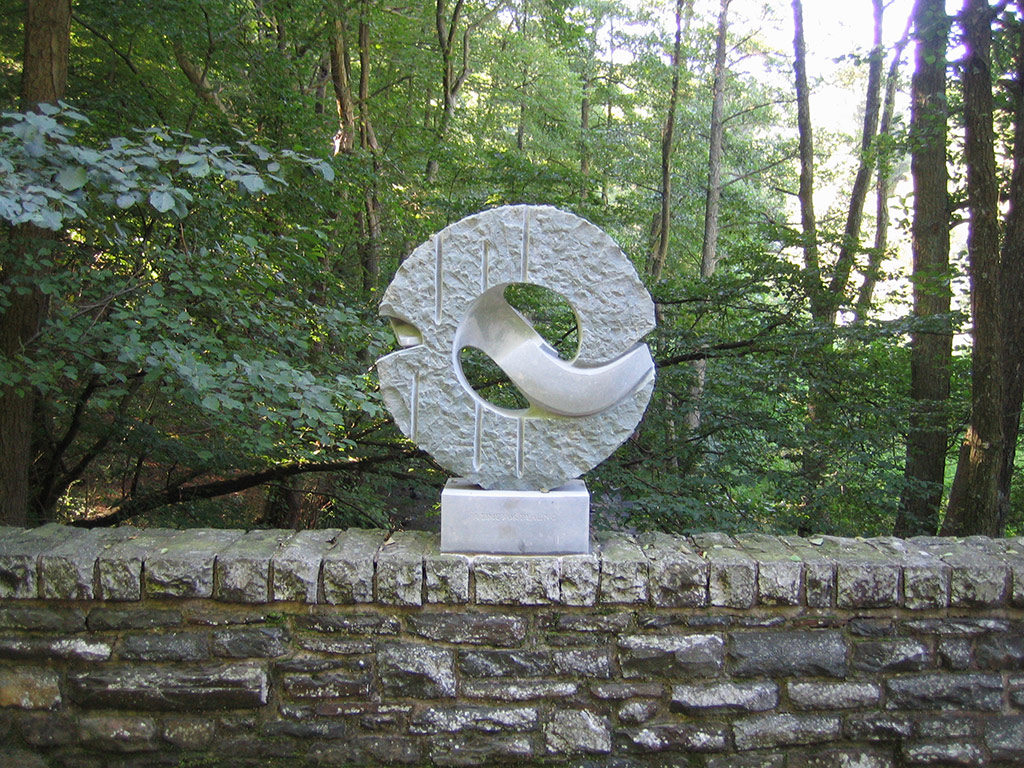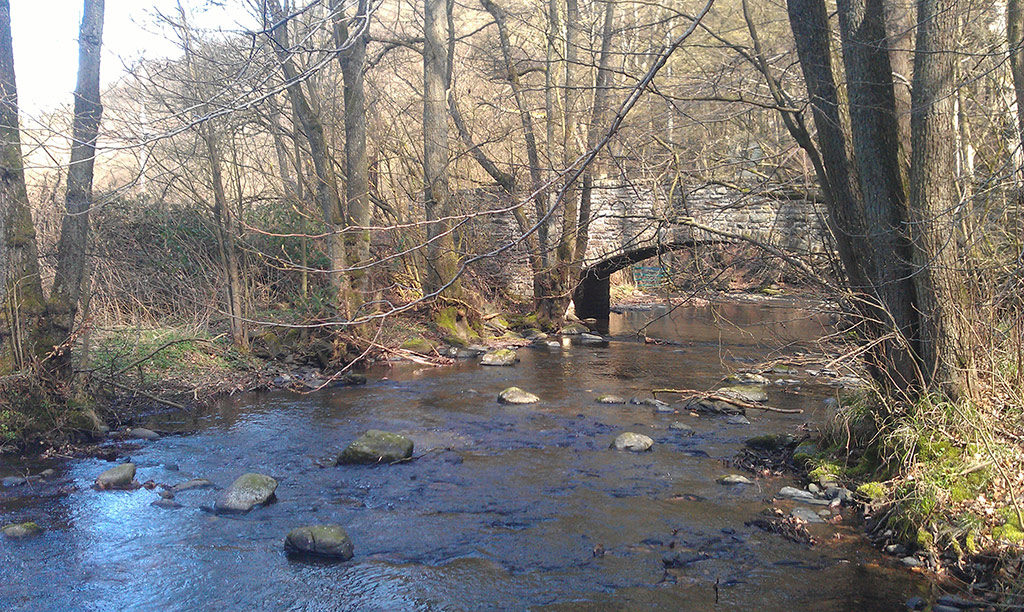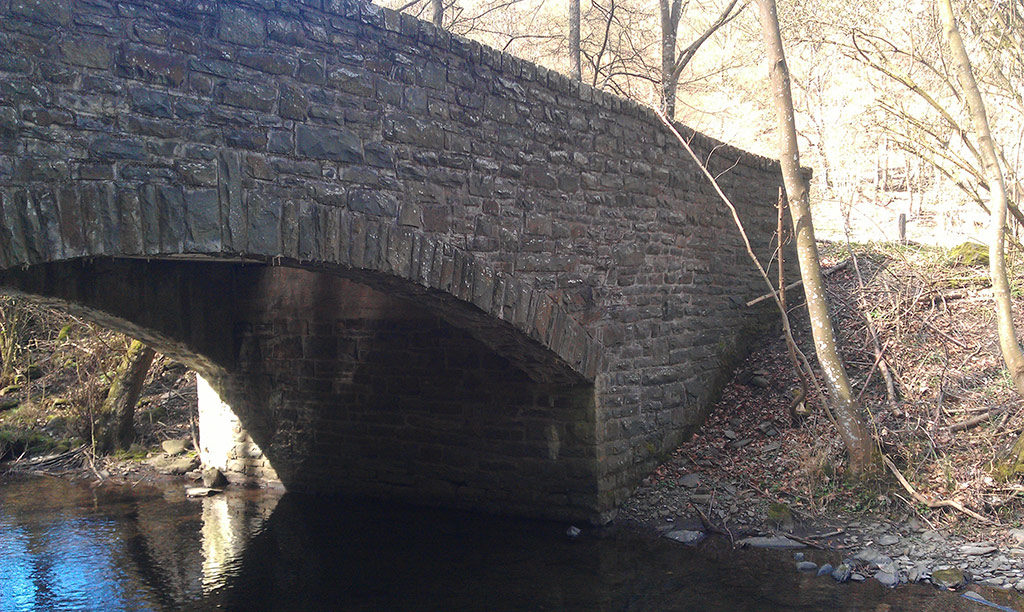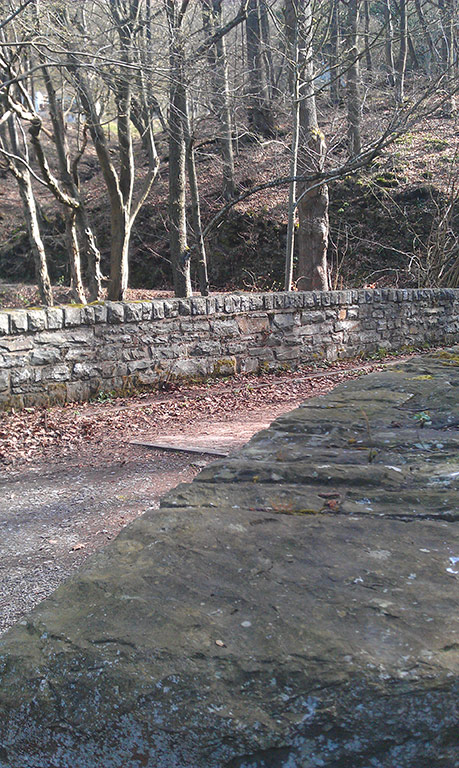- Monument/Memorial
- Kallweg, 52393 Hürtgenwald, Allemagne
When, in November 1944, worn-out American units were forced to retreat from the village of Schmidt, they had to pass the Kall bridge under fire. In the midst of the bitter fighting, Dr. Stüttgen, a German medical officer, organized several short cease-fires. As a result, wounded soldiers from both sides could be treated by German doctors and paramedics.
In November 1944 units of the 28th U.S. Infantry Division advanced towards the strategically important village of Schmidt by way of the so-called ‘Kall Trail’, a rough road through a thick forest. After eight days of fighting, the ‘Battle for Schmidt’ ended in defeat for the Americans. The worn-out U.S. soldiers were forced to fall back on their frontline in Vossenack.
Retreating from Schmidt the survivors had to cross the Kall Bridge at a time that parts of the surrounding valley had already been retaken by the Germans. Between 7 and 9 November, Dr. Stüttgen, a German captain in the medical corps, managed to negotiate several short cease-fires at this bridge, allowing wounded soldiers from both sides to be treated. The effect of these cease-fires was limited because of the confusing terrain. Nevertheless the lives of lots of U.S. soldiers were saved by German doctors and paramedics.
After the war Dr. Stüttgen was honoured by the Governor of the State of Pennsylvania for this act of humanity. The events at the Kall Bridge were immortalized in the painting ‘A Time for Healing’, which can be seen in the museum of the United States National Guard. A replica of the painting is on display in the museum ‘Hürtgenwald 1944 und im Frieden’ in Vossenack.
On today’s bridge there is also a sculpture by Michael Pohlmann, reminding the visitor of this moment of humanity in the middle of horror: “I did not want to create a heroic memorial, nothing theatrical, no pathos. I wanted to honour this spot with modesty, with a simple sculpture out of rock that dignifies the place where rationality – or maybe emotion – made it possible to meet in humanity.”





